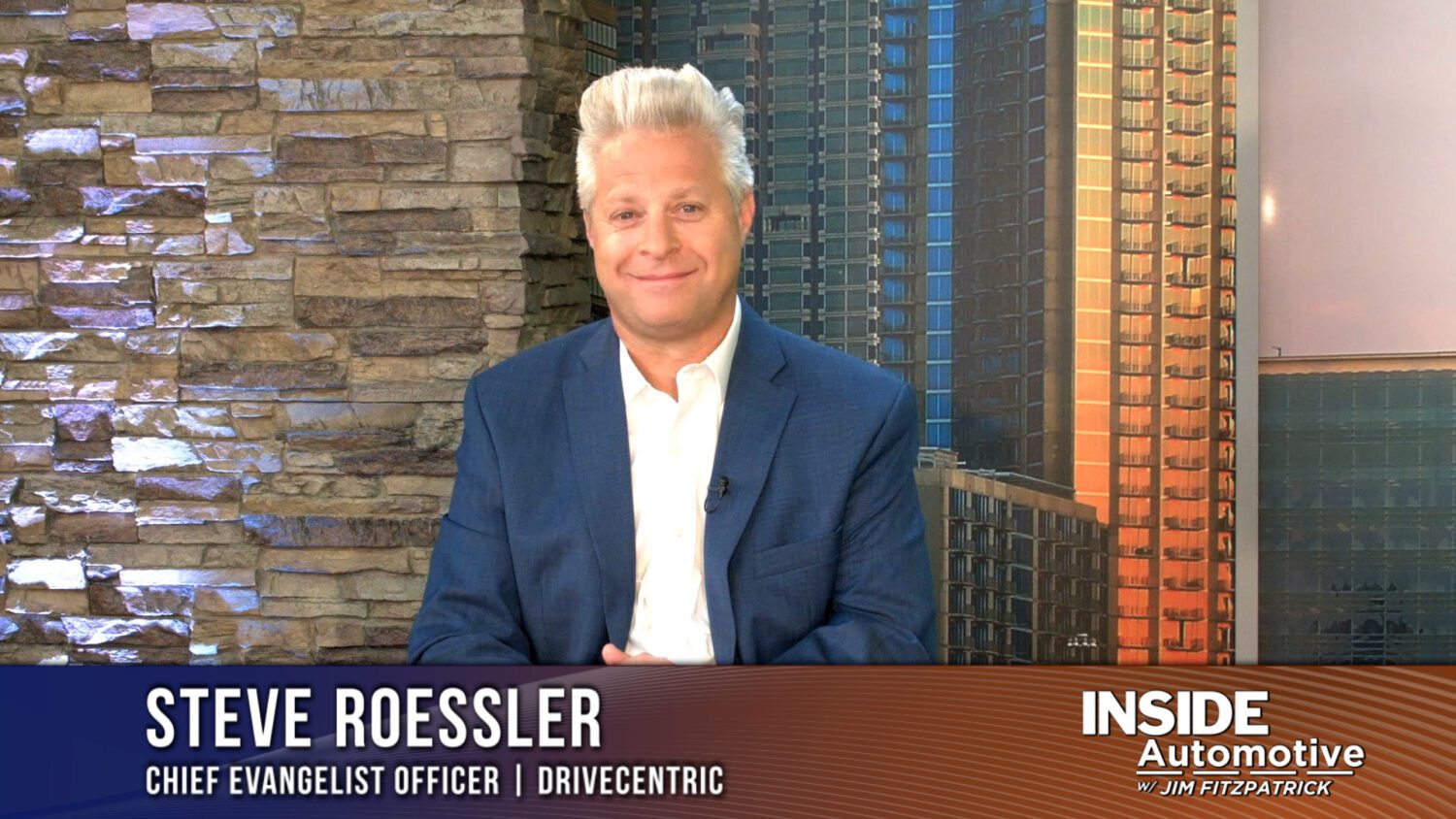A dealership’s buying experience is greatly influenced by human interaction. Steve Roessler, Chief Evangelist Officer at DriveCentric, talks about the distinctions between engagement management and data management on today’s edition of Inside Automotive.
Roessler believes that COVID has altered overall customer engagement. Instead of concentrating on the quality of their conversational connection, CRMs in dealerships measure data. In essence, Roessler claims that “dealers need to keep up with the times.” He points out that CRMs used to look and hunt for opportunities rather than utilizing the modern technical resources available.
Roessler expresses that dealers have a limited chance of achieving higher engagement results if they only focus on the data. Dealers calculate how much data they need based on 100 calls or emails. In comparison to measuring engagement, dealers consider how many sincere impressions they made on the customer to return to the dealership.
 |
Most dealers need to reevaluate where their customers purchase vehicles and which communication channel needs greater attention for engagement. It is crucial to align the store with a model that best fits everyone’s needs. Therefore, Roessler states, “It’s a speed game.” To deliver dealer contacts more quickly, we integrated artificial intelligence into our systems.
According to Roessler, dealers must communicate with customers through their preferred channels. Meaning that the majority of people prefer SMS and only 14% of people will choose not to opt-in to text messages from dealers. As a result, when someone chooses not to participate in communication channels, it forces dealers to gather the information that will eventually earn their trust.
More activity results from CRMs sending SMS messages more frequently. In contrast, as Roessler notes, “there has to be a bigger or equivalent number of texts sent out in relation to the number of calls and emails made.”
In light of this, Roessler states that “engagement has to be the top focus, and monitoring data should be secondary.” DriveCentric’s Engagement Hub, available on both desktop and their recently updated app, helps dealers monitor the response rates of their customers. “We should evolve along with the consumer.” The automobile industry is essentially a large technological playing field.
As a result, when dealers use video choices, it introduces the notion of the store’s human interaction. It provides a one-on-one relationship with communication engagement of 77%.
Video also gives buyers the obligation of encouraging customers to visit dealers again. “Driving reaction,” as Roessler refers to it, is when a video directly prompts a customer’s response and aids in general engagement initiatives. Dealers that use video options, for example, have seen a $400 profit gain overall.
Did you enjoy this interview? Please share your thoughts, comments, or questions regarding this topic by connecting with us at newsroom@cbtnews.com.
Be sure to follow us on Facebook, LinkedIn, and TikTok to stay up to date.
While you’re here, don’t forget to subscribe to our email newsletter for all the latest auto industry news from CBT News.







